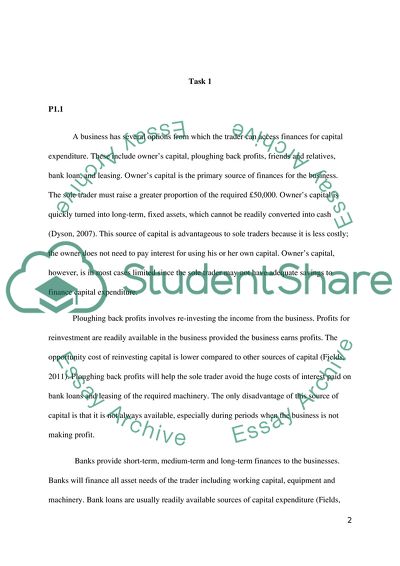Cite this document
(“Finance in the Hospitality Industry Assignment Example | Topics and Well Written Essays - 4250 words”, n.d.)
Retrieved from https://studentshare.org/finance-accounting/1650277-finance-in-the-hospitality-industry
Retrieved from https://studentshare.org/finance-accounting/1650277-finance-in-the-hospitality-industry
(Finance in the Hospitality Industry Assignment Example | Topics and Well Written Essays - 4250 Words)
https://studentshare.org/finance-accounting/1650277-finance-in-the-hospitality-industry.
https://studentshare.org/finance-accounting/1650277-finance-in-the-hospitality-industry.
“Finance in the Hospitality Industry Assignment Example | Topics and Well Written Essays - 4250 Words”, n.d. https://studentshare.org/finance-accounting/1650277-finance-in-the-hospitality-industry.


